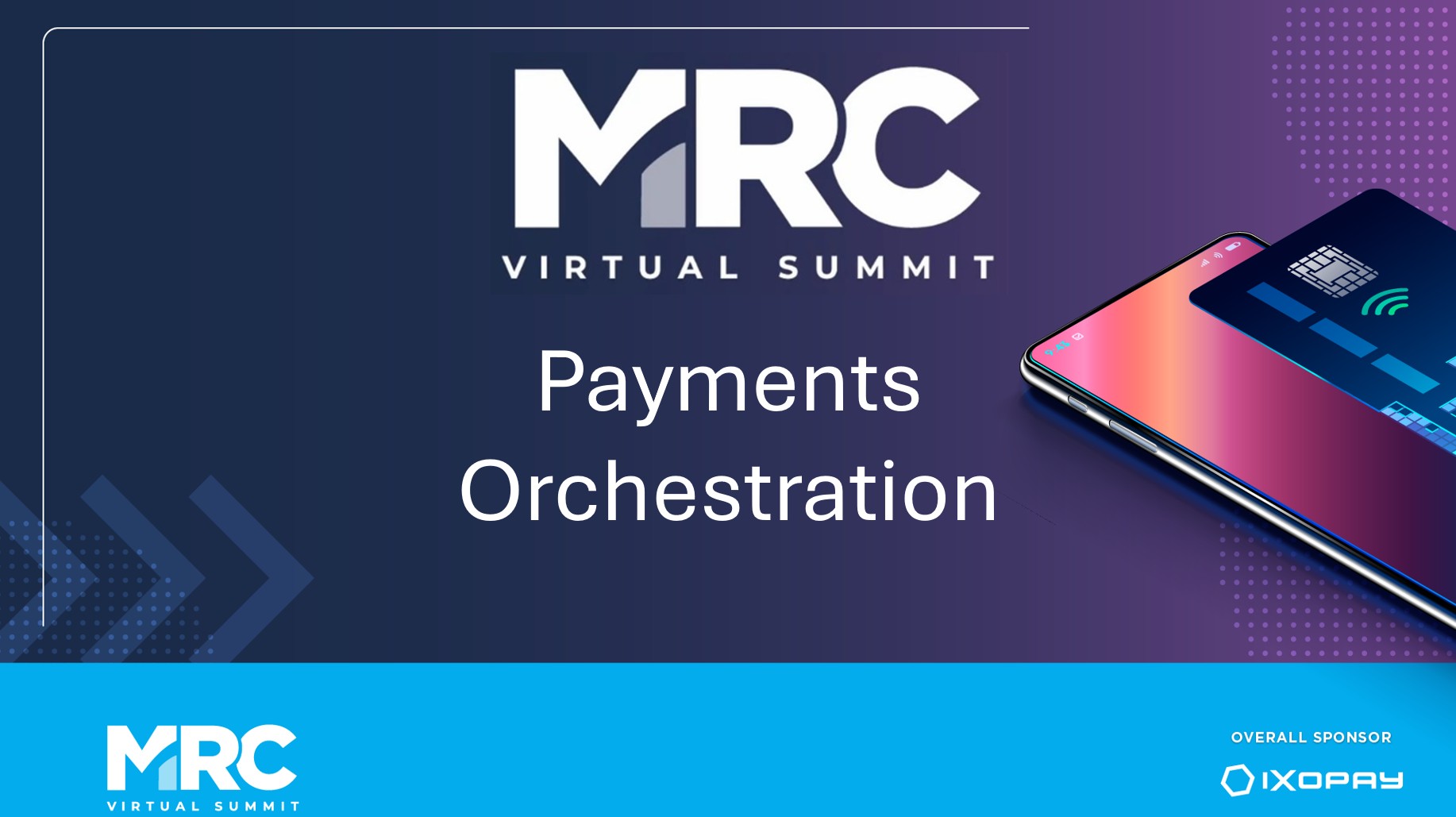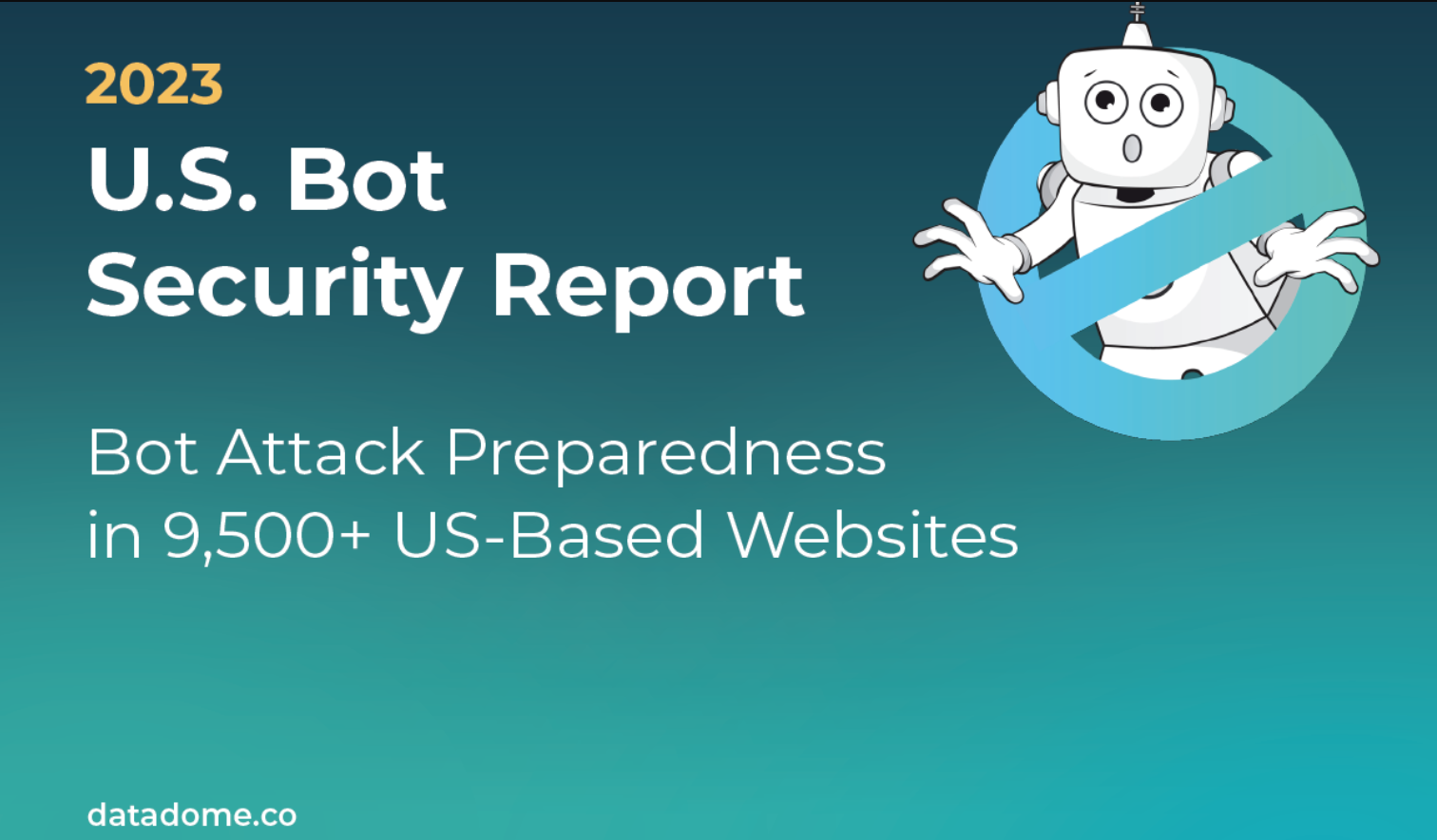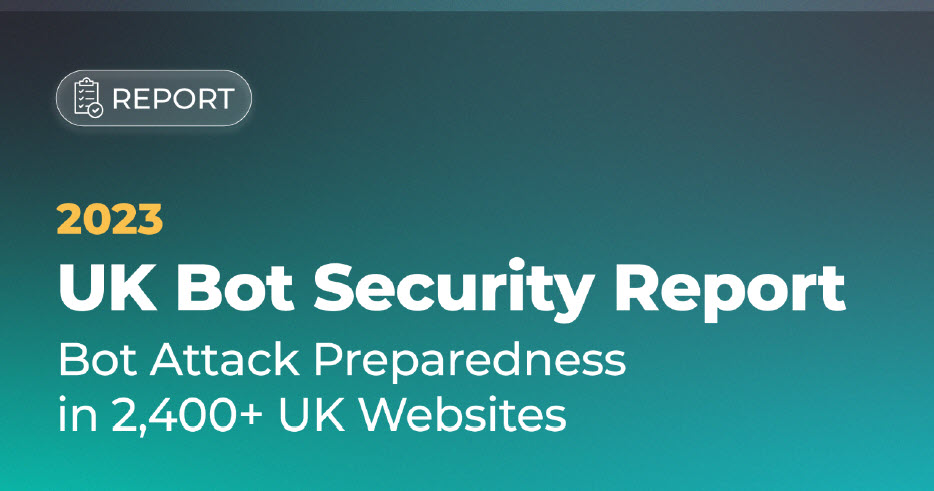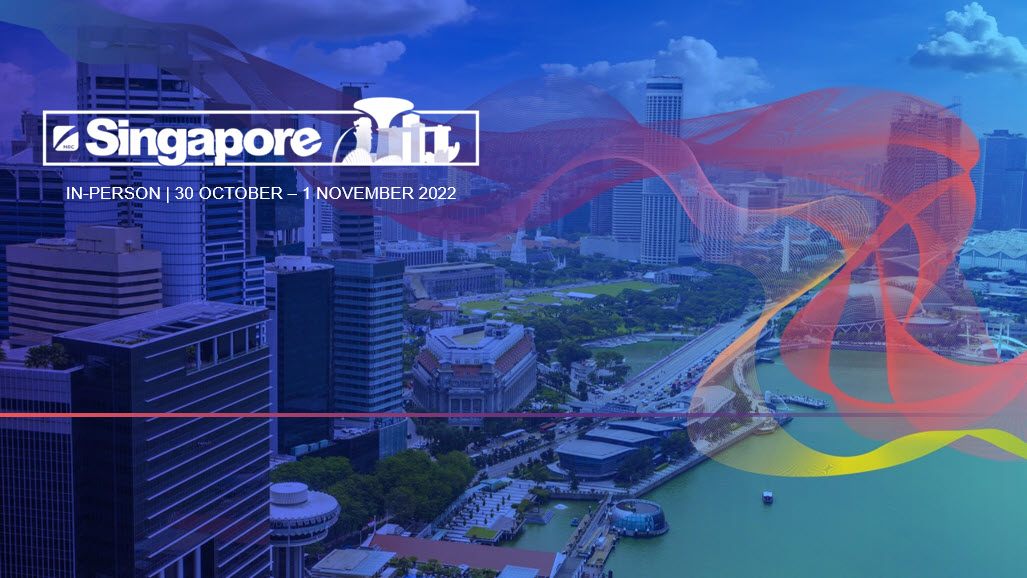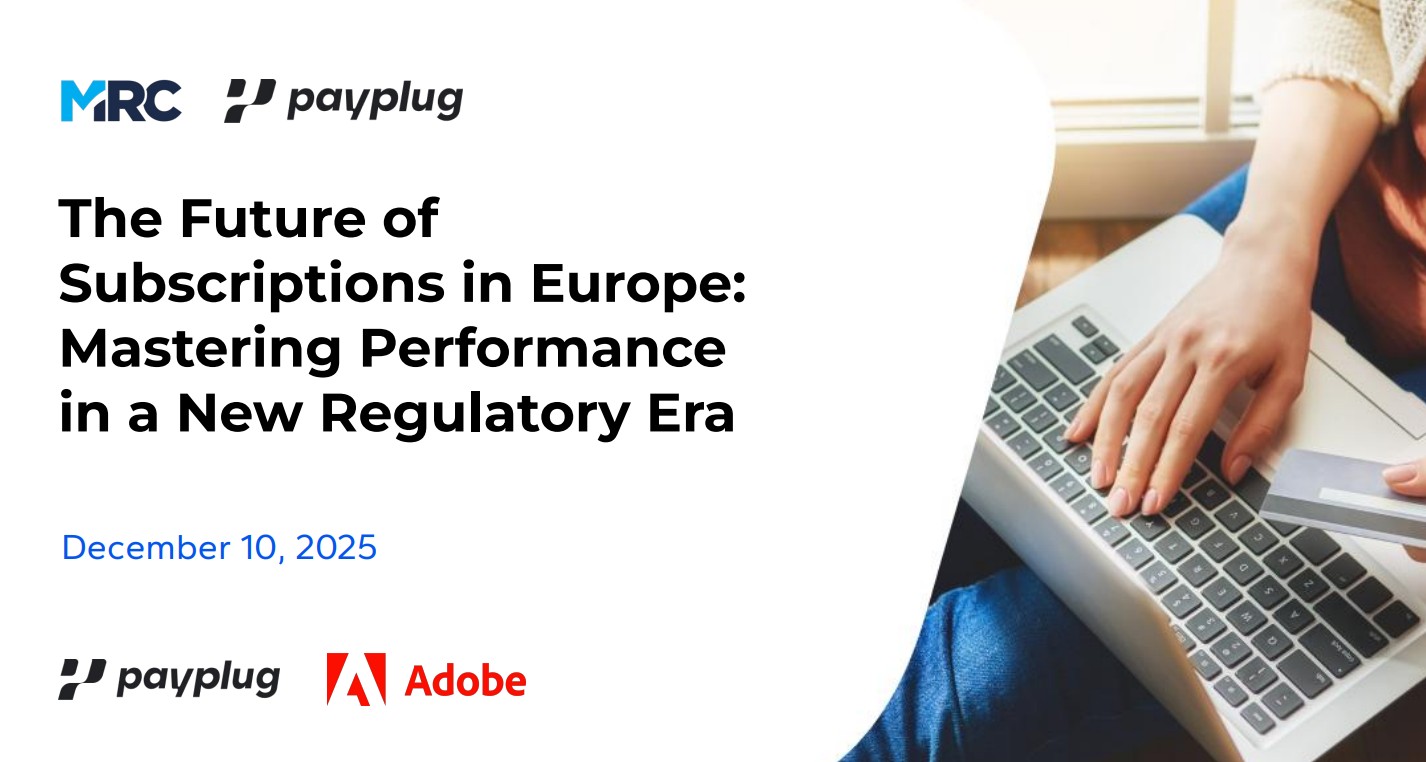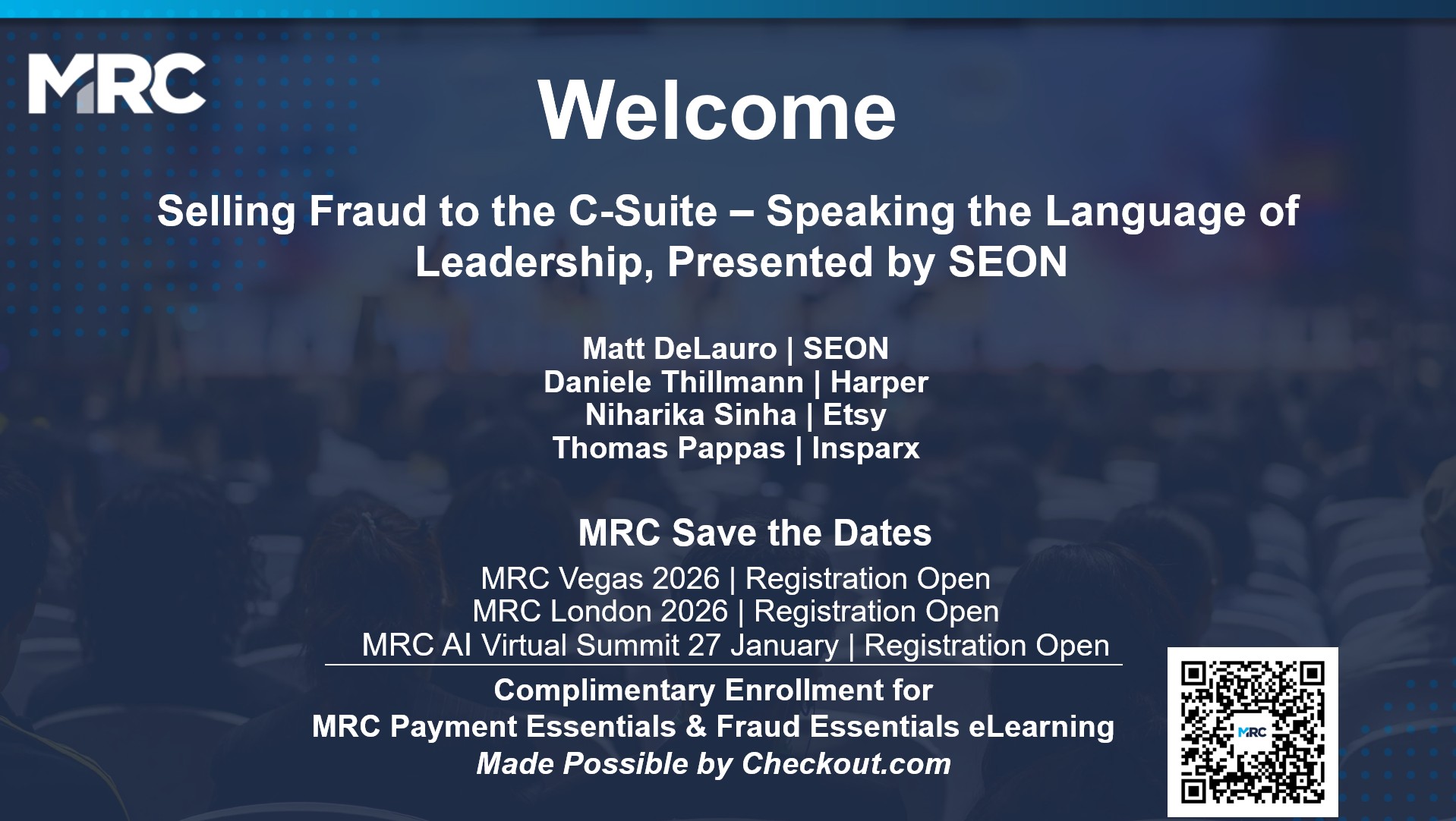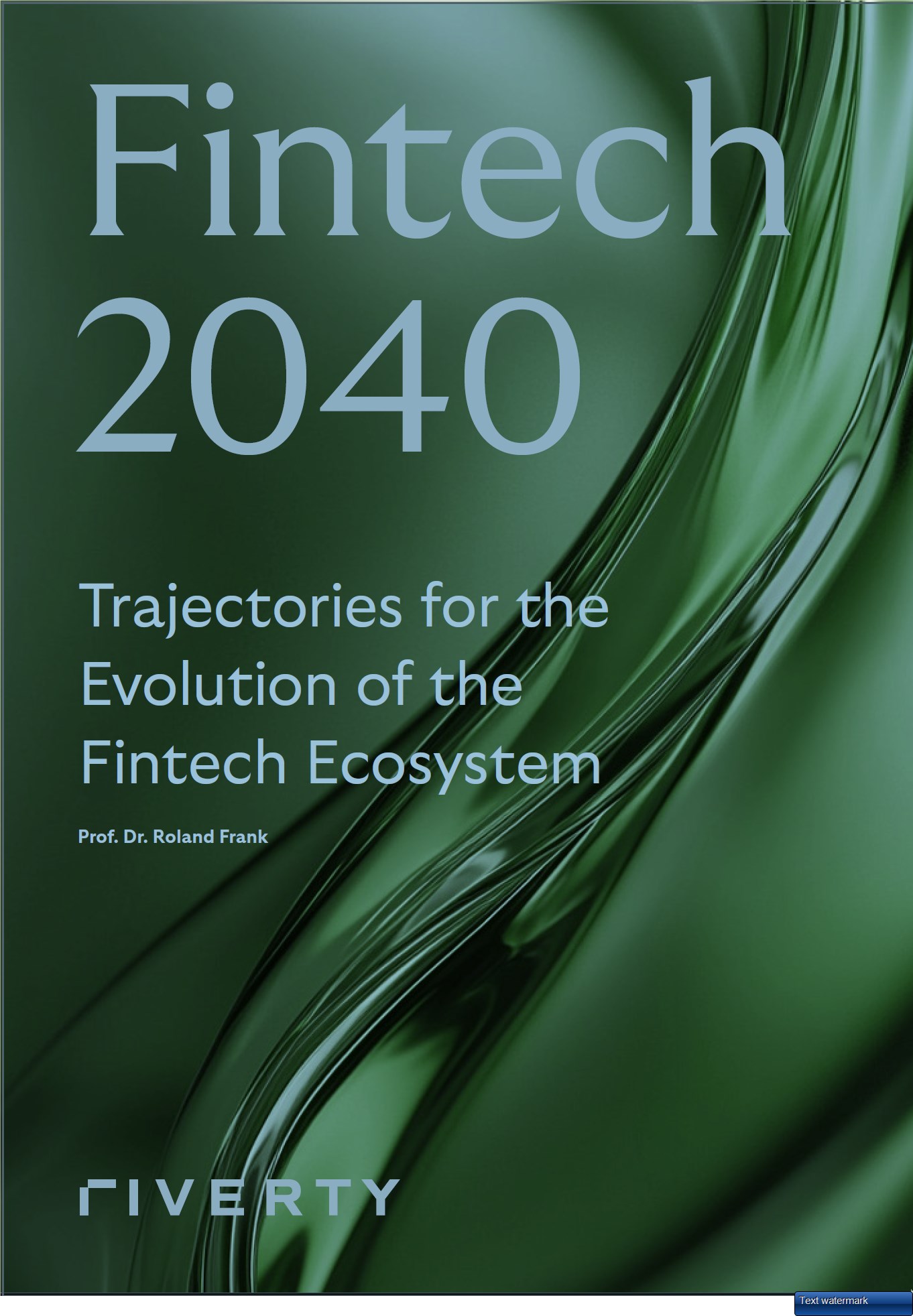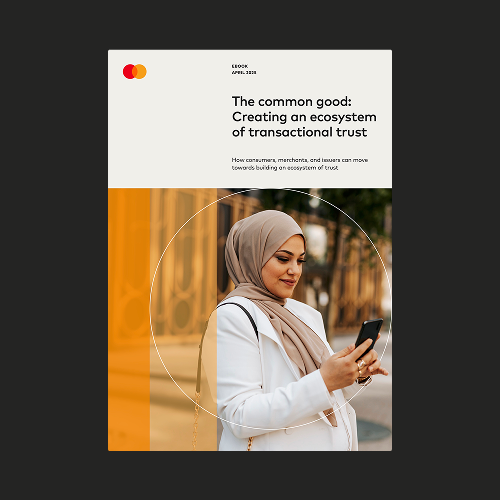Reducing Identity Fraud in the Online Booking and Travel Industries
Fraud
Account Takeover
Management/mitigation
Scott Shepherd -- Pipl; Crystal Klojzy -- TicketNetwork; Brandon Short -- Priceline; Ryan Wogan -- OpenTable
Mar 04, 2020
Webinars
In this webinar, Pipl is joined by three merchants in the travel and online booking sectors to consider the special fraud and risk trends impacting their companies. The discussion begins with TicketNetwork and chargeback processes and trends, followed by insights from OpenTable on account takeover, including types and mitigation techniques. Priceline then examines the balance between profit and risk, focused on false positives, risk management, and tools. The broadcast closes with Q&A.
Some content is hidden, to be able to see it login here Login

Host a Webinar with the MRC
Help the MRC community stay current on relevant fraud, payments, and law enforcement topics.
Submit a Request
Publish Your Document with the MRC
Feature your case studies, surveys, and whitepapers in the MRC Resource Center.
Submit Your Document



